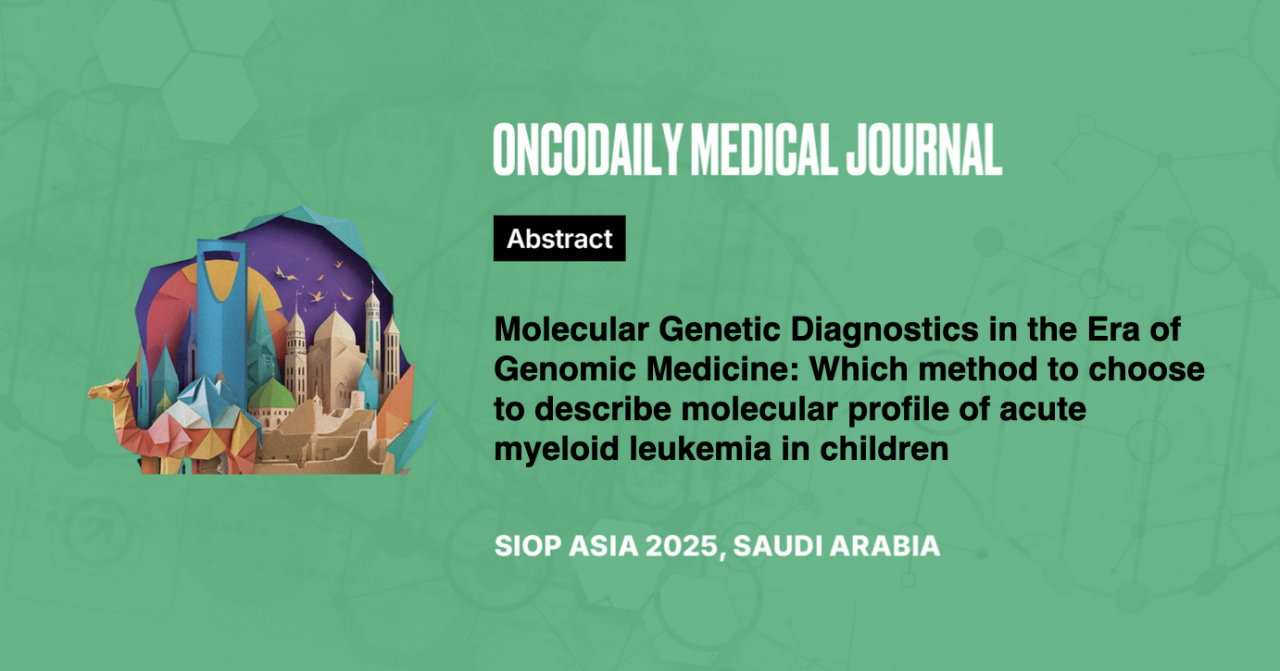Molecular Genetic Diagnostics in the Era of Genomic Medicine: Which Method to Choose to Describe Molecular Profile of Acute Myeloid Leukemia in Children
Abstract
Introduction: Acute myeloid leukemia (AML) is a genetically heterogeneous disease. Modern genetic methods allow dividing AML into independent prognostically significant genetic subtypes, which are used to classify and stratify AML into risk groups.
Methodology: To compare the sensitivity of targeted and whole-genome sequencing methods, 50 random samples of pediatric AML were selected, diagnosed at the NRMC named after D. Rogachev in the laboratory of cytogenetics and molecular genetics at the onset of the disease. As part of the research protocol samples underwent targeted high-throughput sequencing (HTS) with the commercial kit (Qiagen, Germany) on the MiSeq (Illumina, USA) and as part of the national genetic initiative “100,000 genomes” whole-genome sequencing (WGS) was performed on the DNBSEQ-T7 platform (MGI, China) with MGIEasy FS PCR-Free DNA Library Prep Set (MGI, China).
Results: Analysis of the myeloid panel revealed 135 variants with varying clinical significance. There were 1 to 6 variants per sample. The most frequently detected were in the FLT3, RAS pathway, and WT1 genes. The allelic frequency varied from 3 to 90% with an average coverage 1000x. Next we compared the variants detected in HTS with the variants detected in the same genomic regions by WGS. A total of 118 variants were identified, the average coverage per sample was 113x (28x to 248x). WGS detected 90% variants, which were detected by HTS with VAF >10%.
Conclusion: WGS allows to detect somatic variants, even with an allelic frequency less than 10%. The reading depth of 100x is quite sufficient to detect somatic variants. WGS allows to detect large insertions and deletions. Comparative analysis of the targeted gene panel and genomic data showed identical efficiency. WGS has a number of advantages, allows to detect structural rearrangements and changes in the number of gene copies, pharmacologically significant polymorphisms and a large amount of additional data.





